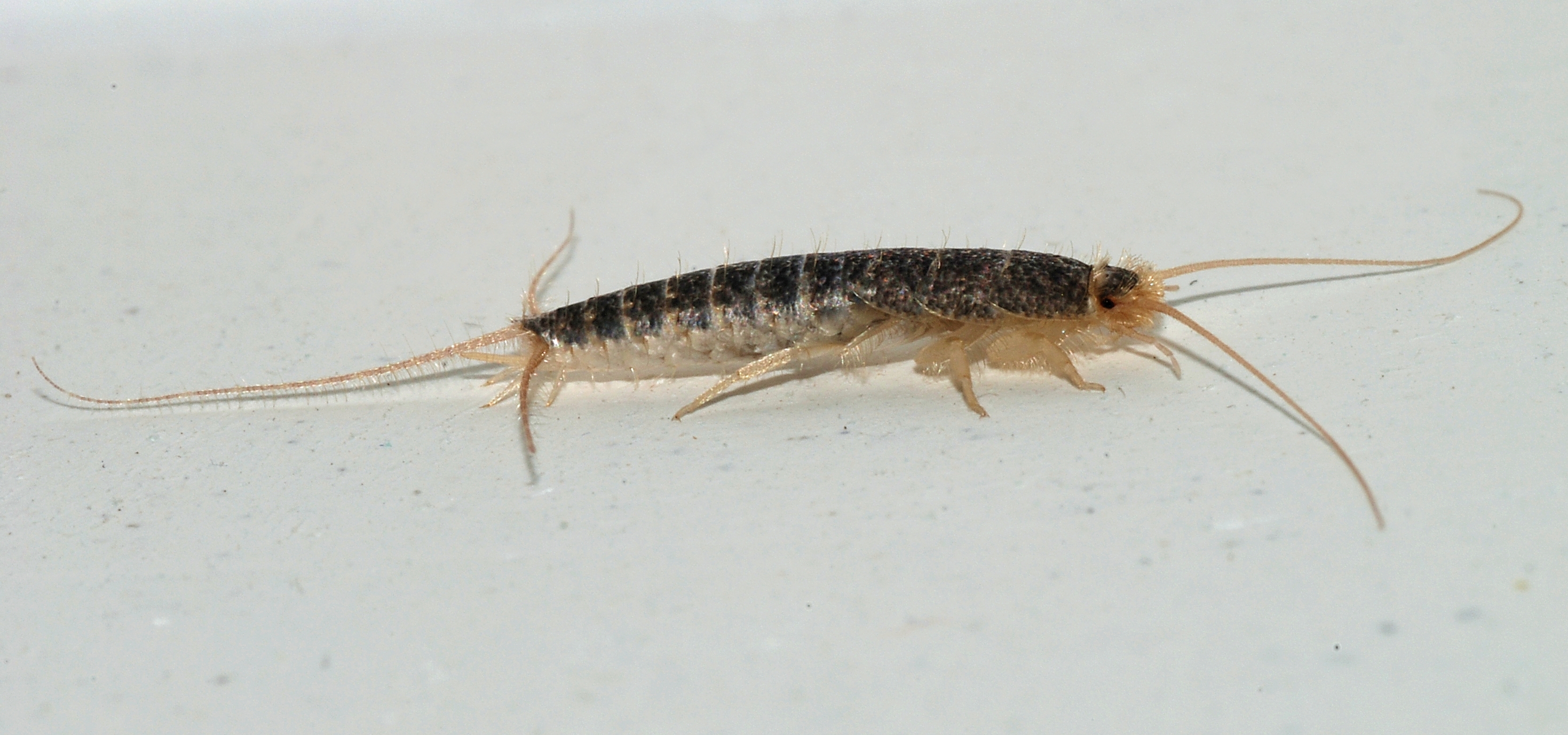|
Thysanura
Thysanura is the now deprecated name of what was, for over a century, recognised as an order in the class Insecta. The two constituent groups within the former order, the Archaeognatha (jumping bristletails) and the Zygentoma (silverfish and firebrats), share several characteristics, such as of having three long caudal filaments, the lateral ones being the cerci, while the one between (telson) is a medial cerciform appendage, specifically an epiproct. They are also both wingless, and have bodies covered with fine scales, rather like the scales of the practically unrelated Lepidoptera. In the late 20th century, it was recognized that the two suborders were not sister taxa, therefore Thysanura was paraphyletic, and the two suborders were each raised to the status of an independent monophyletic order, with Archaeognatha sister taxon to the Dicondylia, including the Zygentoma. Although the group Thysanura is no longer recognized, the name still appears in some published material. An ... [...More Info...] [...Related Items...] OR: [Wikipedia] [Google] [Baidu] |
Zygentoma
Zygentoma are an order in the class Insecta, and consist of about 550 known species. The Zygentoma include the so-called silverfish or fishmoths, and the firebrats. A conspicuous feature of the order are the three long caudal filaments. The two lateral filaments are cerci, and the medial one is an epiproct or ''appendix dorsalis''. In this they resemble the Archaeognatha, although the cerci of Zygentoma, unlike in the latter order, are nearly as long as the epiproct. Until the late twentieth century the Zygentoma were regarded as a suborder of the Thysanura, until it was recognized that the order Thysanura was paraphyletic, thus raising the two suborders to the status of independent monophyletic orders, with Archaeognatha as sister group to the Dicondylia, including the Zygentoma. Etymology The name "Zygentoma" is derived from the Greek ('), in context meaning "yoke" or "bridge"; and ('), "insects", literally "cut into" because of the segmented anatomy of typical insects. pa ... [...More Info...] [...Related Items...] OR: [Wikipedia] [Google] [Baidu] |
.jpg)
